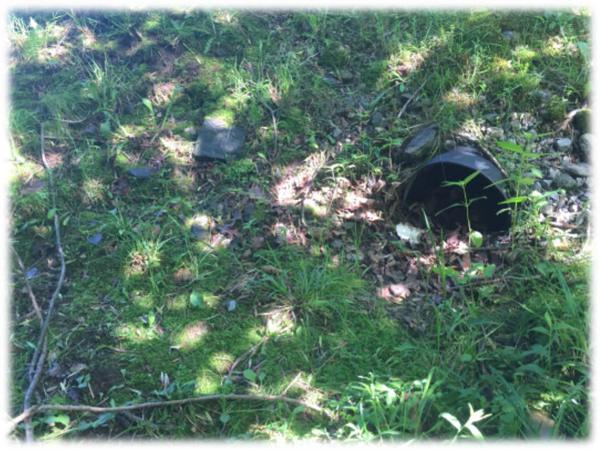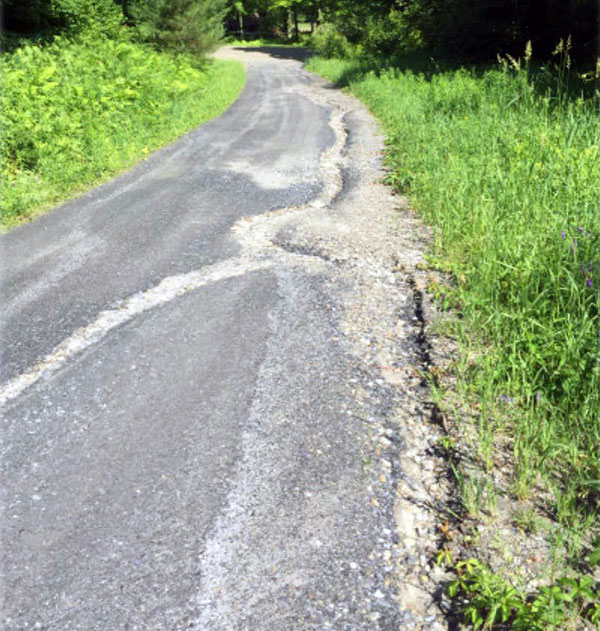As a resident of a long steep road in Fayston, I was interested in Friends of the Mad River’s Storm Smart program which provides residents with an analysis of how they can slow the flow of stormwater from their homes and driveways into the town’s brooks and streams – and ultimately the Mad River.
Ira Shadis is working with Friends of the Mad River for a year, thanks to a grant. He’s tasked with working one on one with property owners on how the changes they make upstream can improve flood resiliency and reduce flood damage downstream. A second part of the Storm Smart program is aimed at working on areas in The Valley that have been identified as problematic through the five-town Ridge to River program. In those areas, Storm Smart will work with groups of homeowners on private roads to improve runoff and erosion.
Shadis came to my house and toured the house and yard with me, talking about how water moves and what has already been done to address slowing the flow of water. We took a walk on the private road where I live and looked at how water moves from the highest point to the bottom.
PLANNING TO REGRADE ROAD
There are three houses on the road and we are planning to regrade and gravel the road this summer. It seemed prudent to get Shadis’ input before we spend the money on the road. While he was on site, he offered input on the road with some ideas and a couple of weeks later emailed me a comprehensive report on my property and my road, complete with pictures, graphics and additional links and information.
“Overall your property is handling stormwater well. The high amount of vegetation, particularly the healthy forest, is a great buffer to help slow water and give it the chance to be absorbed into the ground on site. The relatively flat slope of your driveway will certainly help manage erosion issues. The broad swale in your yard is a great example of simultaneously redirecting water and slowing it down,” his report notes.
He went on to point out that water could be further slowed down or reused if rain barrels were installed to capture rainwater that falls into rain gutters. While on site, and in his report, he suggested simple culvert fixes such as layering rocks where water runs out of the culvert to slow it and reduce erosion.
And culvert maintenance is important!
CULVERT MAINTENANCE
“The culverts should be cleaned out to make sure they don’t get blocked up and cause damage. I was able to clear some material out while I was on the site, but they would benefit from a more thorough inspection,” he wrote.

The report found that fixing our private road is the most critical thing for our small subdivision and he offered tips on how to improve the road and increase the life of it as we head into a road repair.
His report also offered useful hints, one of which I was really happy to hear: Let the grass grow longer between mowing it! Taller grass slows the flow of water. Alternatively, if you really want to cut the lawn every week, set the mowing height higher and consider planting trees on parts of the lawn that you don’t use.
Shadis is available to work with Mad River Valley homeowners on private and public roads. The Friends of the Mad River Storm Smart program will run through next year and Friends executive director Corrie Miller is excited about the program.
“We want to reach as many people as possible. We think we’ll find that people are spending money on roads and driveways that are being washed downhill. It’s going to be in many people's best interests to make some of these small fixes,” she said.
Shadis can be reached at







